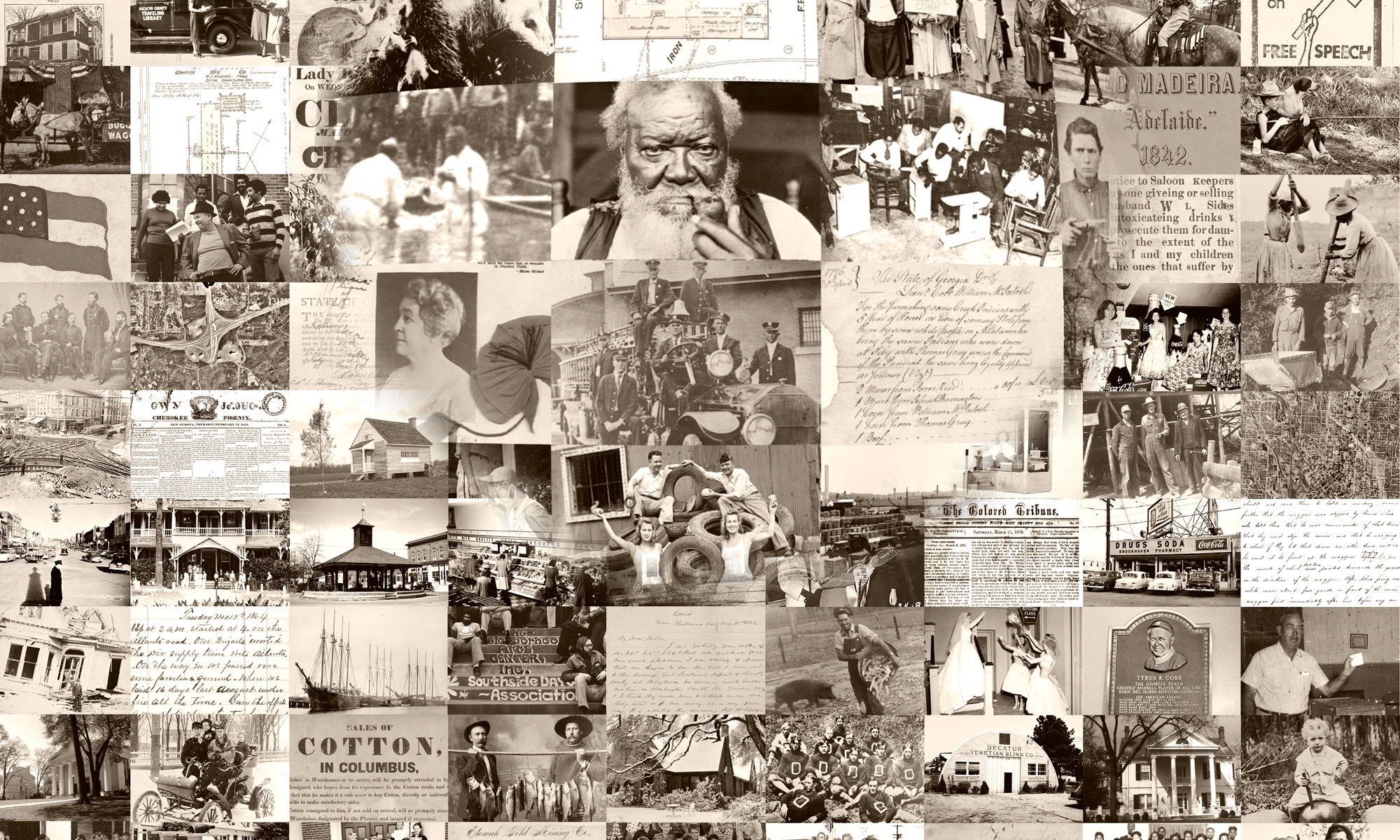The Pandora, the University of Georgia’s yearbook, has been published nearly every year since 1886, serving as a rich source of institutional and social history that has traced the growth and development of the country’s first state-chartered university. Through a partnership between the Hargrett Library, University Archives, and the Digital Library of Georgia, yearbooks that document campus life, students and faculty, clubs, and other events from 1965 to 1974 have been digitized, allowing free online access to Pandoras that document the years following desegregation and the first social movements for black students, women’s liberation, gay liberation, and campus free speech as they manifested themselves on the UGA campus. These editions are now available at https://dlg.usg.edu/collection/dlg_pandora.
“The Pandora is a record created by and for students, and it naturally presents their perspective first and foremost. Not all of their views reflect our institutional values today. Still, a number of students depicted in the Pandora at this time were striving to create a more inclusive and conscientious campus, as evidenced by their writings, photos, artwork, and images of protests. The yearbooks are a crucial document for capturing the early days of student dissent and activism that continues on campus to this day,” said Steve Armour, university archivist at the Hargrett Rare Book & Manuscript Library, one of three special collections units of the UGA Libraries.
College yearbooks can help people interested in genealogy research or sports history. They also play a role in documenting the history of UGA and, by extension, the state of Georgia and higher education in a broader sense. The project to digitize the 1965-1975 Pandoras expands the virtual collection of materials, including the first 50 years of publication, allowing alumni, other UGA community members, or anyone with interest to explore more than decades of UGA’s history online.
Larry Dendy, a UGA alumnus who worked in UGA’s Office of Public Affairs for 37 years (1972-2009) and wrote the book Through the Arch: An Illustrated Guide to the University of Georgia, published by UGA Press in 2013, noted that the time period was marked by university milestones as well as national trends.
“The decade of 1965-1975 was a critical period as the University dealt not only with national social and political upheavals but also with many major campus issues including enrollment increases, advances in research and academic quality, physical plant expansion, newfound athletic successes, and changing student attitudes and mores,” he said. “These and many more challenges and changes of this decade are documented by students themselves through their photos and narratives in Pandoras. Their perspective—whimsical, irreverent, ironic but often incisive—opens a revealing lens into the mood and mentality of college campuses in this time.”
Featured images:
About Hargrett Library, University Archives
The University of Georgia Archives preserves over two centuries of the University’s history in the form of official records, images, plans, publications, and artifacts. Their mission is to acquire, organize, preserve, and publicize such materials and to assist researchers in their use. Visit them at libs.uga.edu/hargrett/archives/.

